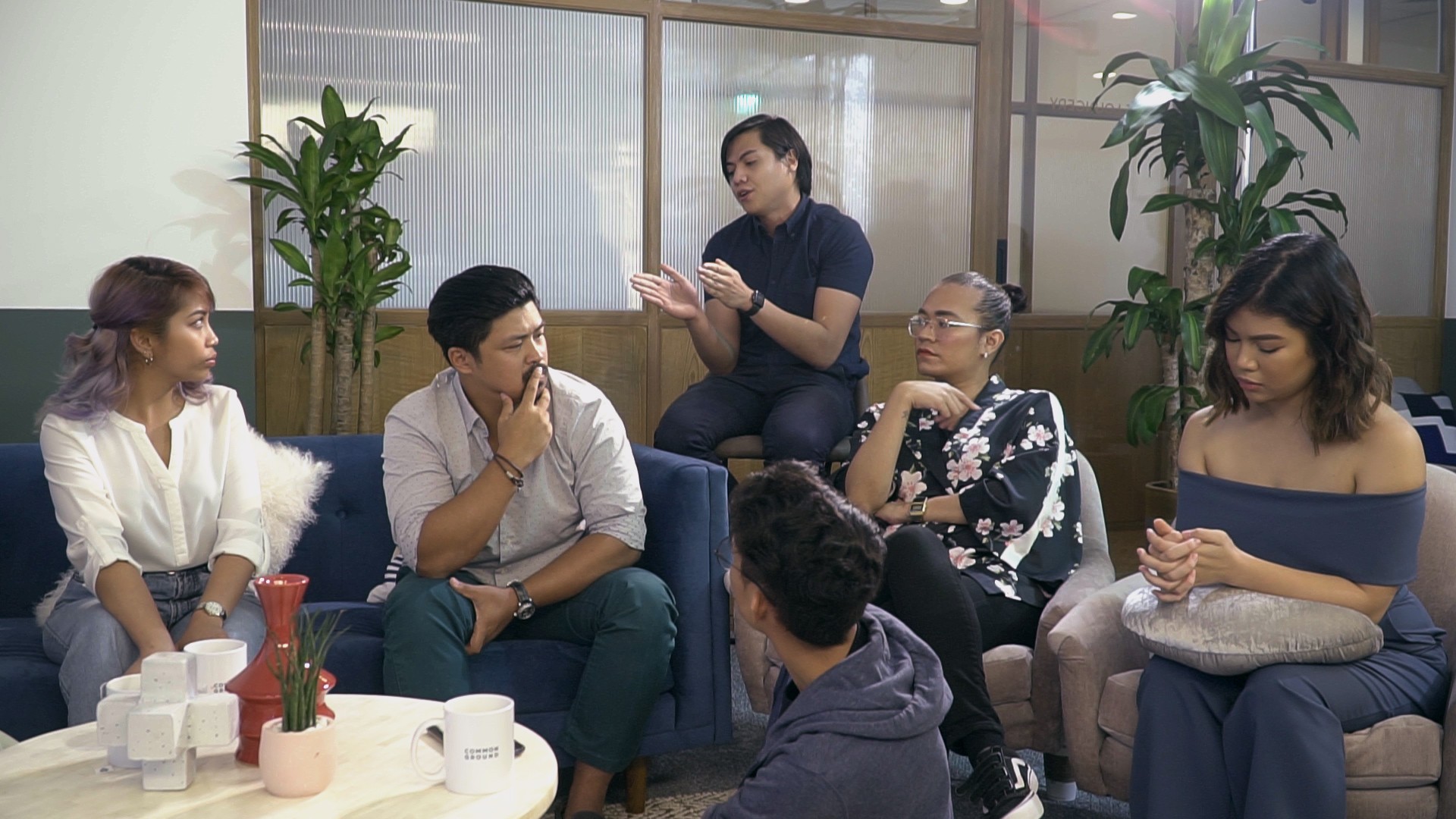Nearly 62 million registered voters are set to head to the polls for the Philippine midterm elections on May 13, in the first national election after strongman leader Rodrigo Duterte won the presidency in 2016.Over 18,000 posts are up for grabs, including all seats in the House of Representatives, and local government posts. But the most coveted of these are the 12 senatorial seats which will make up half of the Senate. In the Philippines, senators, along with the President and the Vice President, are the only elected officials who enjoy six-year terms – while the rest are granted three.
Advertisement

The Philippines follows a multi-party system unlike the distinctive two-party system of the United States. Rather than ideologies and platforms, candidates join political parties in the Philippines and form coalitions based on their resources and popularity, and are largely considered more like temporary alliances.Because of this, Filipinos often select their candidates based not on their parties, but on whether or not they are supportive of the administration – in this case, of President Duterte.
Advertisement
In the senate race, most of the candidates faring well are supportive of Duterte. Based on the most recent surveys, among those ranking in the top 12 are the President’s closest aide Bong Go; Duterte’s hand-picked former Philippine National Police Chief Ronald “Bato” dela Rosa; Imee Marcos, daughter of former dictator Ferdinand Marcos; and former senator Jinggoy Estrada, who is facing plunder charges and is out on bail for the campaign. The others ranking in the top 12 are senators seeking re-election.The main opposition is a coalition of 8 candidates who are trying to find a foothold in the government. Among them is former senator Mar Roxas, who ran for President against Duterte but finished second; veteran human rights lawyer Chel Diokno; and Samira Gutoc, a Filipino journalist, activist and legislator. None of them are among the top 12.Who is popular with the youth and why?The youth, like the rest of the Filipino voters, are divided on who they are backing. Almost 19 million of the registered voters are millennials and Gen Z, constituting around 31% of the midterm election voters. The youth vote however, is largely a myth: young Filipinos are highly fragmented across social classes, and vary in their educational, religious and social backgrounds resulting in varied choices.Online, many young netizens are vocal about supporting new blood, non-traditional politicians who could bring a refreshing new take to government. But while many of the opposition senators are highly popular on social media, this has not translated into survey results so far. In 2016, exit polls also showed that 71-year-old Duterte still appealed to younger voters who saw the former Mayor as a welcome alternative to political elites and oligarchs.
Advertisement
While many opposition candidates are popular with young voters, this has not translated into survey results for the senatorial hopefuls. Photo from Otso Diretso Facebook page
What are the risks?Recent surveys are spurring fears that the elections will result in a Senate that is not independent and largely controlled by the President. Currently, of the 12 that are staying in the Senate and are not up for re-election, 8 are considered to be allies of President Duterte.If most of the 12 newly elected senators are also partnered with the administration, democracy observers are concerned about a possible return to Marcos years. Historically, the last senatorial race wherein only one opposition candidate managed to win a seat was in 1967, during Marcos' era – 5 years before Martial Law was declared.Who will win?If the opinion polls are to be believed, the incoming Senate will be mostly comprised of Duterte’s allies, including newbies who may have questionable credentials, but have rode the wave of Duterte’s popularity. Last month’s survey showed that of the 14 senatorial candidates who have a statistical chance of winning, only one is from the opposition – resulting in a 24-house seat Senate that is highly skewed towards the President.In this case, the true winner will be Duterte, who will likely have control of majority of the seats until the end of his term in 2022.
